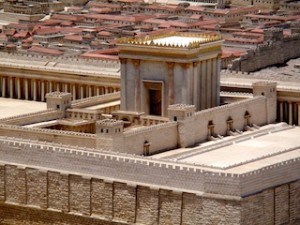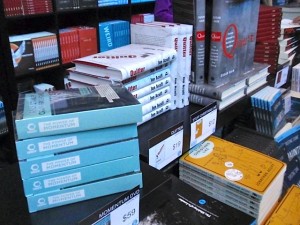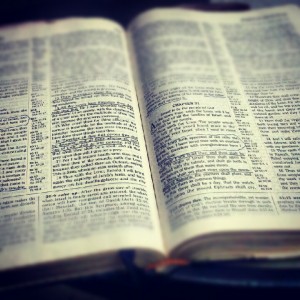The privilege of standing on the Temple Mount — the spiritual center of the universe — cannot be adequately described. Singing birds, lush trees, and the quiet presence of pilgrims from around the world make the place a park-like setting for one’s soul.
For this is Mt. Moriah, the almost-fabled spot where Abraham and Isaac had their encounter with the Divine. Where David and Solomon worshiped the Lord of History. It is where Jesus took a whip to the money changers.
And it is where destruction in ancient Jerusalem, on an unprecedented scale, left a sadness that Jews and many Christians today still lament.
AD 70.
A Roman army has laid siege to the city of Jerusalem, and finally the Legion breaches the walls. Amid the slaughter of Jews, the Temple is itself destroyed. So complete is the frenzied onslaught, nothing at all remains of the Temple; stones and other debris are pushed over the side (where they remain today!). Christians in particular recognize this as the fulfillment of the prophecies in the Gospels, when Jesus had told his disciples that one day, “not one stone will be left upon another.”
For centuries, only the cry of an occasional hawk or the sobbing of a stray pilgrim was heard on the Temple Mount.
Eventually, with the rise of Islam, the golden Dome of the Rock, and the Al-Aksa Mosque were erected on this site. To this day, no one knows the exact spot where the Temple stood (the first, having been built by Solomon, was destroyed by the Babylonians, while the so-called “Herod’s Temple” was the one targeted by Titus.
All this makes a new book by Chaim Clorfene so compelling. I’ve stood on the Temple Mount many times, trying to imagine the location of the Temple. Clorfene’s book, The Messianic Temple: Understanding Ezekiel’s Prophecy, is one of the most extraordinary I’ve seen. Be sure and check out the wonderful promo video, in which Chaim explains the basis of the book.
With over 200 color photographs and illustrations, Hebrew text followed by English translation, and commentary and history about the site…I can’t put this book down.
It helps bring a remarkable segment of history — past, present, and future — alive for the “average” reader. As a Christian, and one whose heart soars when biblical history and my beloved Jewish friends are discussed, I can’t say enough good things about Chaim’s efforts here.
Yes, it does help me that I’ve visited the Temple Mount, but the real value of this book is for those who have not. Here’s an overblown phrase, but one that rings so true with The Messianic Temple: You feel like you’re there.
And there’s something else you need to understand about Chaim’s book: the Ezekiel prophecy, from the final nine chapters of the prophet’s book, describe a future rebuilding of the Temple, thus the “Messianic” flavor of it. This future Temple, which many Jews and Christians believe will be literally rebuilt, will be for the Messiah, Himself. Ezekiel has very detailed descriptions of the physical structure of this Third Temple, and again, Chaim’s book brings it all to rich and colorful life.

He also provides historical detail that will thrill the reader. For example, in 312 B.C., Alexander the Great has extended his rule over Israel, having taken the territory from the Persians. He purposes to destroy the Temple, on the advice of the Samaritans. But one morning at dawn, he sees a group of Jews from Jerusalem approach. They are the high priest, Simeon the Just (Shimon HaTzadik) and some noblemen.
Incredibly, as they come near to him, Alexander descends from his chariot and bows low to the ground, in front of them. He says, “In all our battles, I see the image of the face of a man who blesses me with victory. It is the face of that man. Should I not bow to him?”
This encounter compels Alexander to spare the Temple.
Such historical detail, along with biblical commentary, makes The Messianic Temple: Understanding Ezekiel’s Prophecy, invaluable to the student of biblical history. I want to help Chaim connect with those students, and so I give my endorsement to this masterful work.
Next year in Jerusalem!

